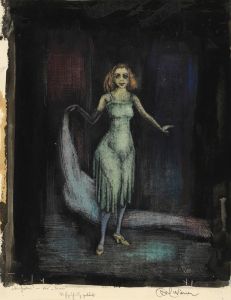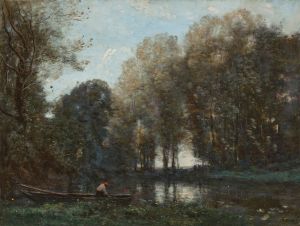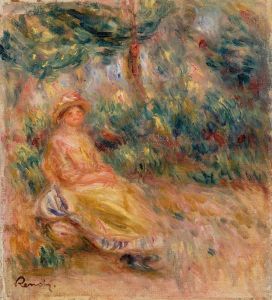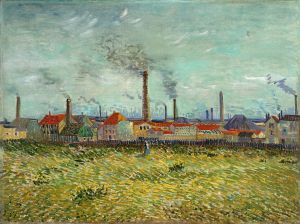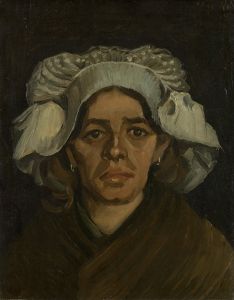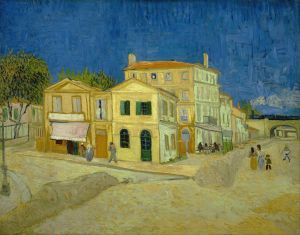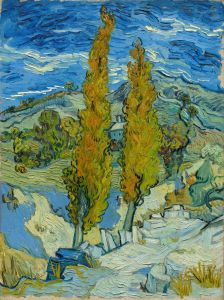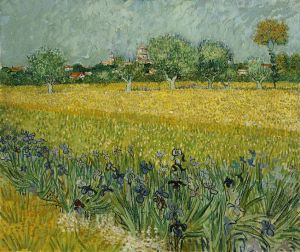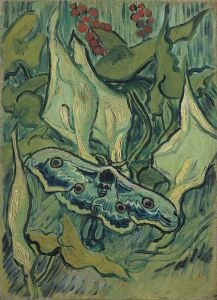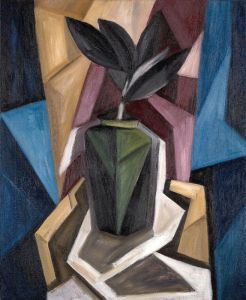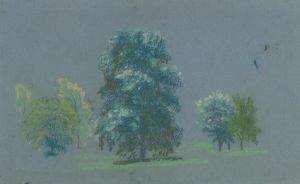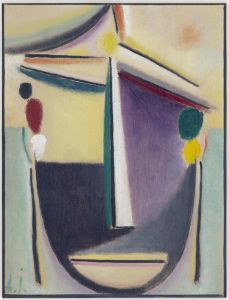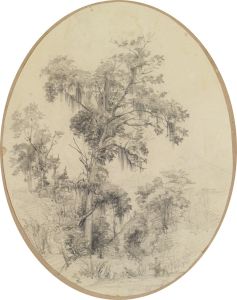
Wheat Fields with Reaper, Auvers
A hand-painted replica of Vincent van Gogh’s masterpiece Wheat Fields with Reaper, Auvers, meticulously crafted by professional artists to capture the true essence of the original. Each piece is created with museum-quality canvas and rare mineral pigments, carefully painted by experienced artists with delicate brushstrokes and rich, layered colors to perfectly recreate the texture of the original artwork. Unlike machine-printed reproductions, this hand-painted version brings the painting to life, infused with the artist’s emotions and skill in every stroke. Whether for personal collection or home decoration, it instantly elevates the artistic atmosphere of any space.
Wheat Fields with Reaper, Auvers is a painting created by the Dutch Post-Impressionist artist Vincent van Gogh in July 1890. This artwork is one of the many pieces van Gogh painted during his final weeks in Auvers-sur-Oise, a small village near Paris, where he spent the last months of his life. The painting is part of a series of works that depict wheat fields, a recurring theme in van Gogh's art, symbolizing the cycles of life, death, and renewal.
The painting portrays a reaper working in a vast wheat field under a bright, expansive sky. The composition is characterized by dynamic, swirling brushstrokes and vibrant colors, which are hallmarks of van Gogh's later style. The golden hues of the wheat contrast with the blue tones of the sky, creating a sense of movement and energy. The figure of the reaper is small and almost blends into the landscape, emphasizing the vastness of nature and the insignificance of human life in comparison.
Van Gogh painted Wheat Fields with Reaper, Auvers during a prolific period in his career, despite his struggles with mental health. He had moved to Auvers-sur-Oise in May 1890 to be closer to his brother Theo and to seek the care of Dr. Paul Gachet, a physician who was also an amateur artist and supporter of the Impressionist movement. During his time in Auvers, van Gogh produced more than 70 paintings, many of which focused on the rural landscape and the agricultural life of the region.
The painting reflects van Gogh's deep connection to nature and his interest in exploring themes of human labor and the passage of time. In a letter to his brother Theo, van Gogh described the reaper as a figure that could be seen as a metaphor for death, but not in a negative sense. Instead, he viewed the reaper as a symbol of the eternal cycle of life, where death is a necessary part of renewal and growth.
Wheat Fields with Reaper, Auvers is now housed in the collection of the Toledo Museum of Art in Toledo, Ohio, United States. It is considered an important example of van Gogh's mature style and his ability to convey emotion and meaning through color, texture, and composition. The painting continues to be celebrated for its expressive power and its ability to capture the beauty and complexity of the natural world.





